Review: LG Tribute 2 for Boost Mobile
Jul 24, 2015, 10:00 AM by Eric M. Zeman
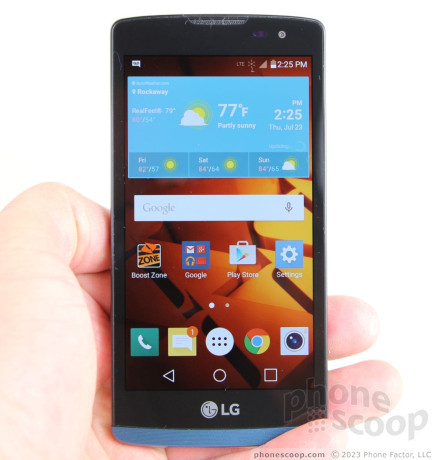
This low-cost Android smartphone targets the budget buyer with its entry-level specs, but the LG Tribute 2 is hardly an upgrade from last year's model. Find out if we recommend the Tribute 2 in this full review.
Hardware
Is It Your Type?
The Tribute 2 is a minor redesign of last year's handset that happens to also include a minimal bump in specs. This handset from LG is an affordable and simple smartphone. It's for budget-conscious buyers who don't need flashy handsets and cutting-edge technology.
Body
The Tribute 2 is a solid little phone that wears LG's designer genes well. The hardware has more personality than the Volt 2, despite the Tribute 2's lower status on the family tree. The Tribute 2, a variant of the Leon, sold by T-Mobile, is proof that LG knows how to craft an appealing entry-level handset.
Phone designers offer the buying public limited options when it comes to color. The majority of handsets these days are black, gray, white, or some marriage of the three. Few offer color, which is what makes the Tribute 2 so appealing to me. LG clothed the T2 is an attractive shade of blue that contrasts nicely with the black glass of the front. The blue has a nice shine to it; it's not glossy, but the surface catches light in a way I find pleasing.
I wish the overall shape of the phone were more exciting. The curve of the top and bottom edges and the shape of the corners are pure LG. The back surface tapers a little bit towards the sides. Of note, the T2 isn't curved - not even slightly - as many of LG's other handsets have been.
The relatively small size is quite nice. With a 4.5-inch screen, the T2's footprint is comfortable for those with small and large hands alike. I had no trouble holding and using it. The phone has nearly identical dimensions to last year's Tribute, and it weighs exactly the same at 4.9 ounces. At 10.9mm thick it borders on chunky, but smaller phones tend to be thicker in order to accommodate all the necessary innards. You can still slip it into pockets with ease.
I have no complaints about the quality of the hardware. The glass feels strong, and the plastic frame is solid and assembled tightly. The rear shell attaches firmly and the seams are even all the way around. There's nothing flimsy about it.
Typical for an LG handset, there are no buttons or controls on the front. The T2 relies on software buttons for interacting with the Android operating system.
The volume and power buttons are placed on the back surface in a cluster that has become a hallmark of recent LG designs. The Tribute 2 changes up this button design slightly, and I like it. From a functional perspective, it is the same: the raised power button separates the two indented volume toggles. With other LG phones, a large hole in the rear cover reveals the button cluster. But with the T2, the button cluster is part of the rear shell. This gives the T2's cluster a smoother, more seamless look. The buttons work very well.
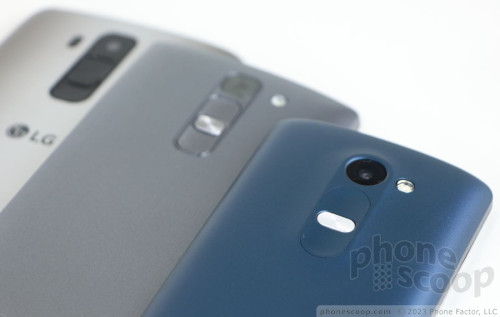
The rear shell has a finely ribbed texture to it. It makes a zipping sound if you run your thumbnail up and down the surface. I found the cover easy to remove. Pulling the cover off exposes the battery, which is removable. The SIM card slot is buried under the battery, but the memory card slot is accessible without pulling the battery.
As is common to modern LG phones, the left and side edges are free of buttons and controls. This means you're less likely to accidentally turn the screen on or raise the volume. The headset jack is on top and the USB port is on bottom. There is no camera button.
In sum, the LG Tribute 2 is a fine little phone. It's easy on the eyes and is easy to use.
Screen
LG improved the resolution of the Tribute 2's screen when compared to the original Tribute, but just barely. The size helps keep the pixel density acceptable, but I could tell I was looking at a low-resolution screen. The LCD panel provides plenty of light for indoor use, but it wasn't so great outside. I had to adjust the brightness all the way up in order to use the camera or read emails. Viewing angles are decent; there's some brightness drop when the phone is tilted side-to-side, but colors remain accurate. It's a fine screen for this class of device.
Signal
Boost service operates on the Sprint network. The T2 was able to access Sprint's network wherever I took it, but it sometimes had trouble latching onto LTE 4G even when the signal was plentiful. Technically speaking, the T2 supports way more LTE bands than the original Tribute, including Sprint's tri-band Sprint Spark service. There's no reason for the phone to run on Sprint's 3G network in the metro NYC areas, but I found it was often doing exactly that. As a result, the T2's data speeds were not as fast as I've seen on other Boost Mobile handsets, like the G Stylo and Volt. I was somewhat disappointed with the data performance. Using 3G is simply painful. This could be a bug. We've reached out to Sprint for comment.
Even so, the T2 consistently connected calls on the first dial. It didn't drop any calls (even at highway speeds) and didn't miss any, either.
Sound
The T2 is not a good voice phone. I was not impressed with it at all. The earpiece speaker produces reasonably good volumes, but clarity is downright awful. Voices in the earpiece are either muddy or boomy, and always difficult to understand. If you set the volume at 50%, calls are clearer, but of course harder to hear. I wasn't happy no matter how I futzed with the volume and other controls. People I spoke to through the T2 said I sounded far, far away.
The speakerphone is no better. First, volume is simply not good enough even when set to the maximum. Moreover, the quality is a distorted mess. The T2 rates far below average in the call department.
Ringers and alerts are just loud enough for the places you might bring the T2, but the vibrate alert is weak.
Music sounds fine via traditional wired headphones.
Battery
LG reduced the size of the battery from 2,100 mAh in the Tribute to 1,900 mAh in the Tribute 2. Despite the dropped capacity, LG claims the Tribute 2 offers one more hour of talk time. On average, it lasted just about a full waking day, give or take a few hours. On days when I used it moderately, the T2 held a charge from 7am to midnight easily. On days I used it more intensely, uptime dropped to something more like 7am to 10pm. That should be just enough for most people.
The Tribute 2 includes LG's simple battery saver tool. You can set it to come on automatically when the phone reaches 15%, or toggle it on/off manually. It limits background processes and notifications and can extend your battery for a couple more hours when needed.
Bluetooth, GPS, NFC, WiFi
The T2 includes Bluetooth 4.1 with most of the standard profiles, like phone book access and object push. It supports mono and stereo headsets. I found it to be utterly useless with mono headphones for calls. It was even worse via car's hands-free system. The quality of calls via headphones or my car was pure junk. Music sounded OK via a good Bluetooth speaker, but since it lacks the aptX profile, I wasn't overly impressed.
The GPS radio functioned properly, but was a hair slower to pinpoint me than other phones I've tested lately. Accuracy was as good as about 25 feet.
The T2 doesn't have NFC, so don't expect to use this handset for mobile payments.
I had no trouble connecting the T2 to my home WiFi network, where I was able to enjoy much faster mobile browsing and app downloads.
Software
Editor's Note: Because the Tribute 2 runs software identical to the Volt 2 and G Stylo — both sold by Boost Mobile — some portions of the text below has been carried over from those earlier reviews. However, Phone Scoop fully evaluated all features of the Tribute 2.
Lock Screen
The lock screen is a vital entry point into our smartphones. Some are better equipped to deliver short, useful bursts of information than others. LG's lock screen treatment is solid.
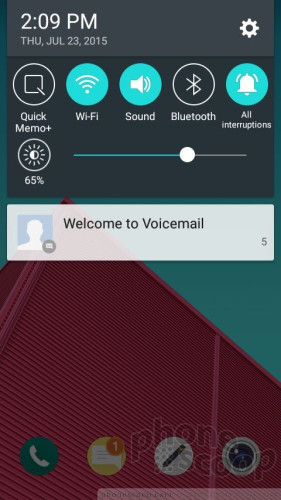
Whether you just want to check the time, or see who sent that recent message, LG lets you wake the phone by tapping the display twice (called KnockON). This will show the clock, incoming notifications, and provide access to four apps of your choosing. The clock is hard to see. It's small and near the top of the screen. Notifications, which appear in shaded windows under the clock, all but obscure it. Some of the shortcuts (which run along the bottom of the screen) include their own alerts, such as the number of unread emails or messages. Notifications can be dismissed from the lock screen if you want. Tapping them opens the associated app. If you do absolutely nothing, the Tribute 2's display will turn off after about 30 seconds. That's plenty of time to check the time and your notifications.
Alternately, you can wake the phone with a special pattern of taps called Knock Code. Doing so bypasses the lock screen and takes you to the home screen. You'd use Knock Code instead of a PIN or password to safeguard your handset.
Home Screens
The Tribute 2 runs Android 5.1 Lollipop with LG's light-weight skin on top. The home screen, app drawer, and settings tools all behave just the same as on the Stylo, Volt 2, and other handsets released by LG this year. Perhaps the most notable aspect of LG's UI skin is the flexibility it grants users in customizing the app drawer, which supports large and small icons, and multiple ways to arrange them. The best part? LG lets you easily delete unwanted apps.
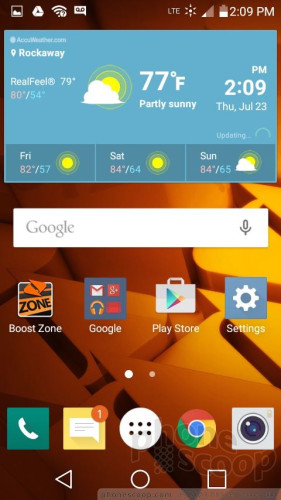
Things unique to LG include its QuickMemo tool. It is available from the notification shade. This tool takes a screenshot and lets you mark it up with text or shapes, and share it.
Neither LG's EasyHome home screen option nor LG's QSlide apps are included.
As far as performance is concerned, the phone has a 1.2 GHz quad-core Snapdragon 410 processor. That's a step up from the Snapdragon 400 in last year's phone. Together with 1 GB of RAM, it generally did a good job. I saw some sluggishness at times, but it wasn't too bad.
Camera
The camera app is identical to the Volt 2's camera app, which means it has fewer features than seen on other LG/Boost handsets, like the G Stylo.
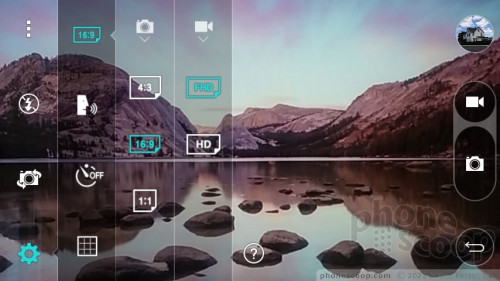
The Tribute 2 doesn't have a physical camera button., but you can launch it from the lock screen or with a double press to the volume-down button on the back of the handset. It opens relatively fast.
The T2 has a single shooting mode: auto. That's rather limiting. Four quick action buttons appear on the left: settings, flash, user-facing camera, and menu. These buttons cannot be customized. There are separate buttons for the camera and video camera, so you can easily snap stills while filming video.
The T2 doesn't have many advanced modes or features, such as panorama or HDR, which is disappointing. Most phones have these features. It also lacks the burst shooting mode found on the Volt 2 and G Stylo. You can choose 1080p or 720p HD video capture. The selfie camera does include LG's "Say Cheese" voice-activated shutter.
Despite the lack of features, I found the T2's camera software to be relatively quick to focus and snap photos. It stores them in a blink and brings you immediately back to the shooting screen.
Photos/Video
The Tribute 2 has a 5-megapixel main camera and a VGA selfie camera. I was somewhat pleased with the quality of pictures captured by the main camera. The Tribute 2 managed to set exposure and white balance accurately most of the time. If it had trouble with anything, it was focus. Indoor shots, in particular, were incredibly soft. They were also disastrous in terms of grain. Images captured outdoors showed sharper focus and some grain, but the noise was much less noticeable.
The selfie camera doesn't impress. I can't say I was expecting much from a VGA shooter, but the amount of grain was still disappointing. Focus was often soft, but at least exposure and white balance were on point. Backlighting caused a lot of glow across the photo.
The Tribute 2 can capture either 1080p or 720p HD video. The footage I captured in 1080p mode looked just OK. The video camera software was better able to manage focus when compared to the still camera, which is expected.
Both the camera and the video camera are passable for everyday shooting, but just barely. I'd use dedicated photography or videography gear for vacations or important occasions.
Boost Stuff
The Tribute 2 has just 8 GB of internal storage, and only 3.6 GB of that is available to users. In other words, a memory card is more or less essential if you plan to shoot a lot of pictures or listen to a lot of music.
Most carriers like to cram their handsets full of bloatware. Boost added plenty of its own apps and services to the Tribute 2, including 1Weather, AirG, Boost 411, Boost Music, Boost Wallet, Boost Zone, Gadget Guardian, Messaging+, NBA Game TIme, NextRadio, Scout, and Uber. Of these, perhaps Boost Zone is the most useful, as it allows people to manage their accounts. The Messaging+ app is a more robust way to manage SMS convos. You can uninstall most of the apps listed here, but not all of them. Even if you do, you won't recover that much storage space.
Wrap-Up
The Tribute 2 is a mixed bag. I genuinely like the hardware and think LG did a great job designing an attractive phone that costs only $99. The Tribute 2's performance falls flat all over the place, however, which makes it hard to recommend to anyone.
The phone struggled to find Sprint's LTE network and call quality was among the worst I've experienced in recent memory. Battery life was never more than average. The UI is quick enough, but it lacks some of LG's unique features, such as EasyHome and QSlide apps. The stripped down camera app and sub-par photos it produces were a disappointment, as well.
Boost Mobile customers may be better off ignoring the LG Tribute 2 and choosing the Motorola Moto E or Moto G, which have similar price points and much better performance. Sadly, the Tribute 2 won't be earning any tributes from me.
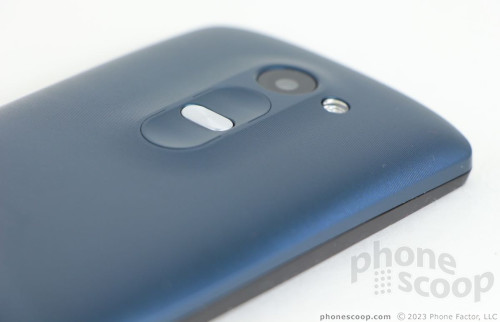
Comments
No messages


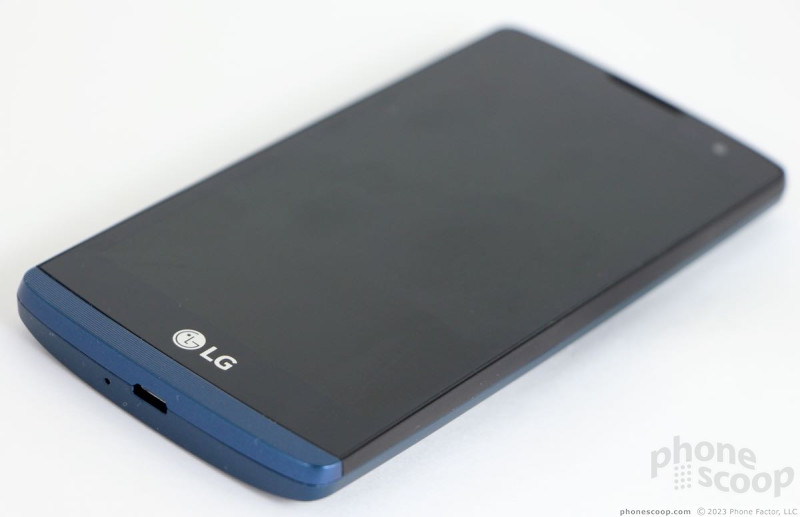













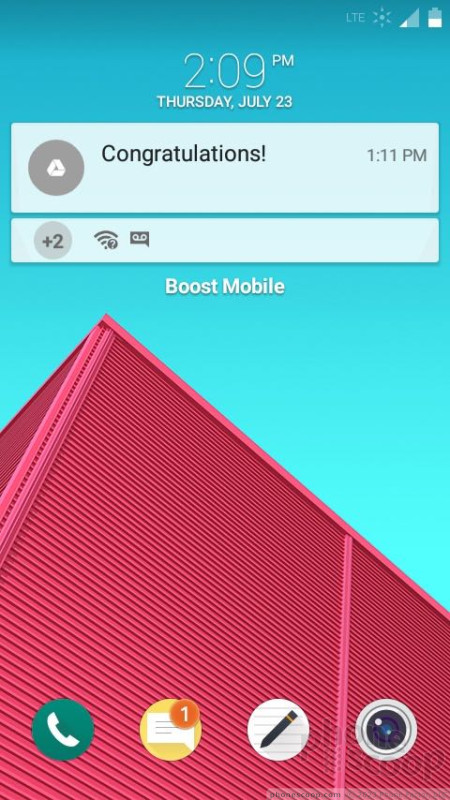



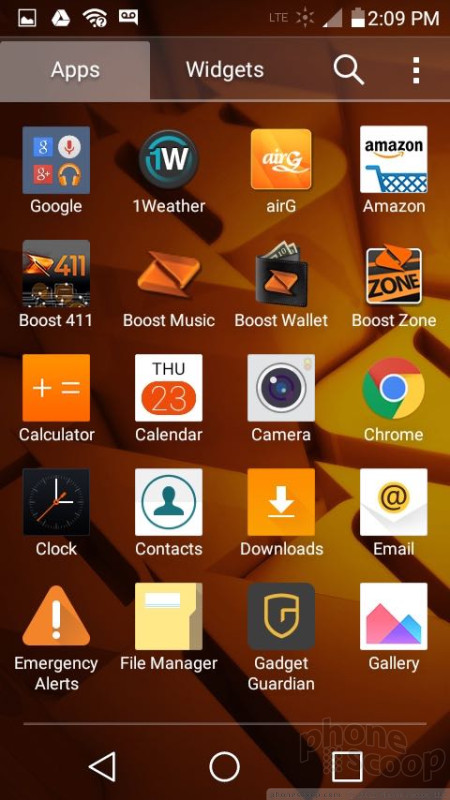




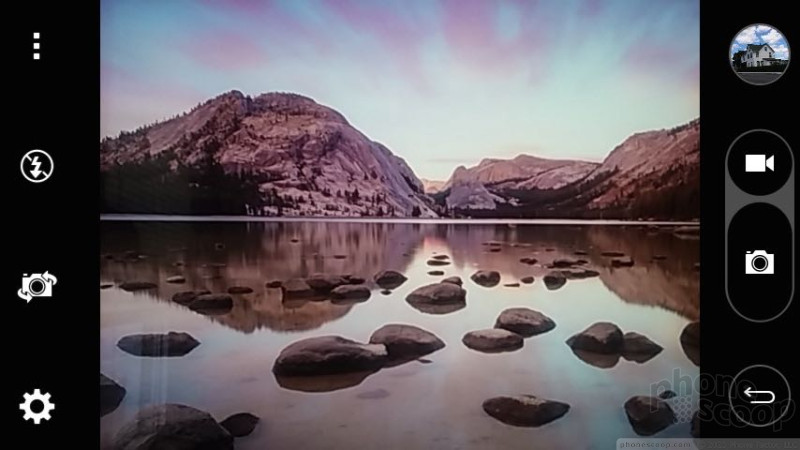



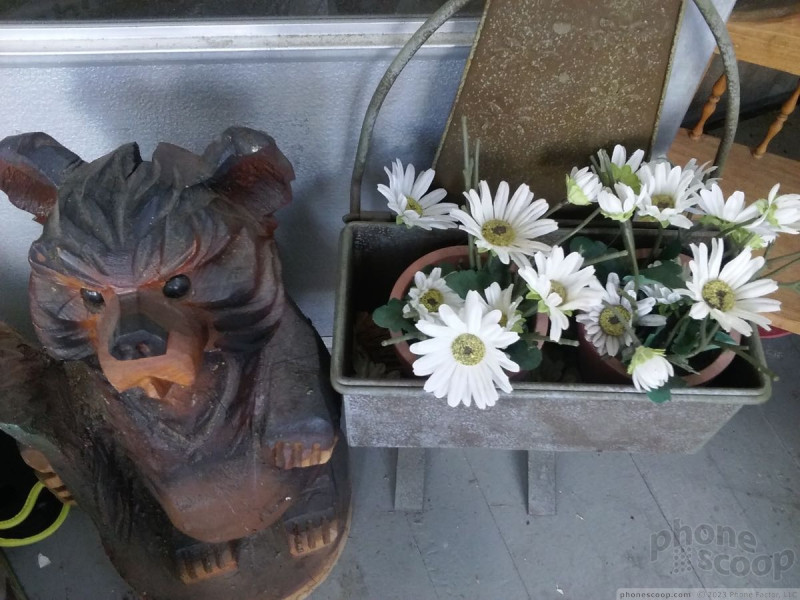












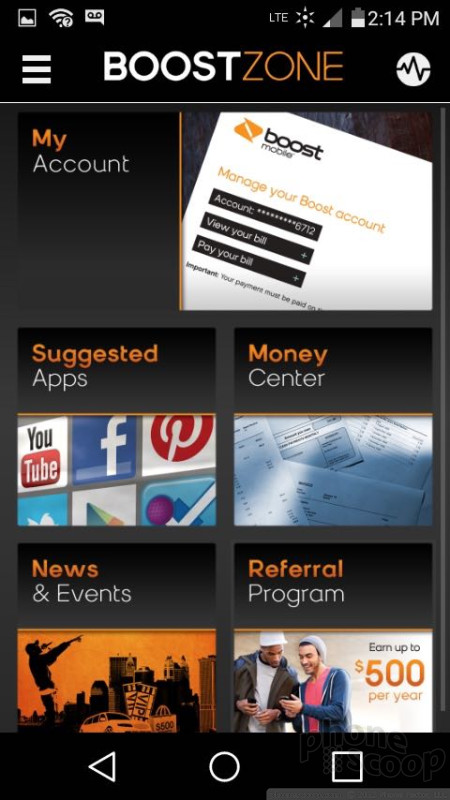




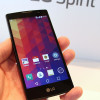 Hands-On: LG Magna, Spirit, Leon, and Joy
Hands-On: LG Magna, Spirit, Leon, and Joy
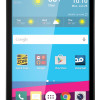 Sprint Spreads the LG Tribute 2 to Virgin and Sprint Prepaid
Sprint Spreads the LG Tribute 2 to Virgin and Sprint Prepaid
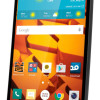 Boost Mobile Scores LG Volt 2 and Tribute 2
Boost Mobile Scores LG Volt 2 and Tribute 2
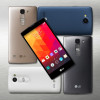 LG Debuts Four Mid-Tier Devices
LG Debuts Four Mid-Tier Devices
 LG Tribute 2 / Tribute Duo
LG Tribute 2 / Tribute Duo




